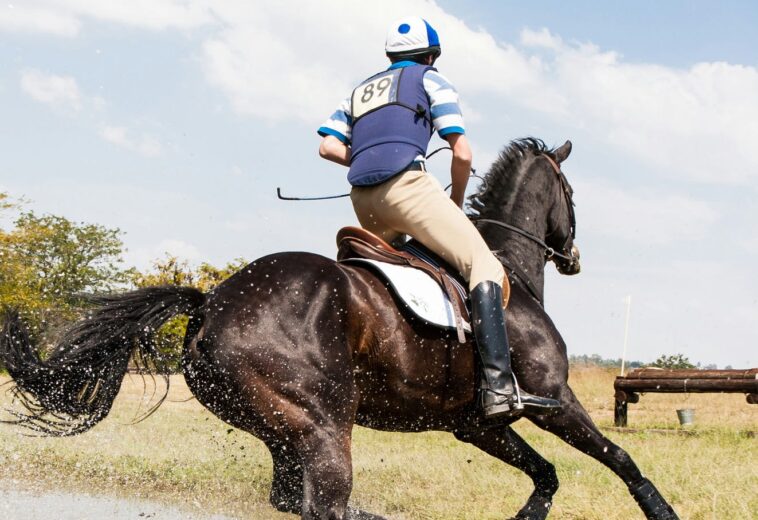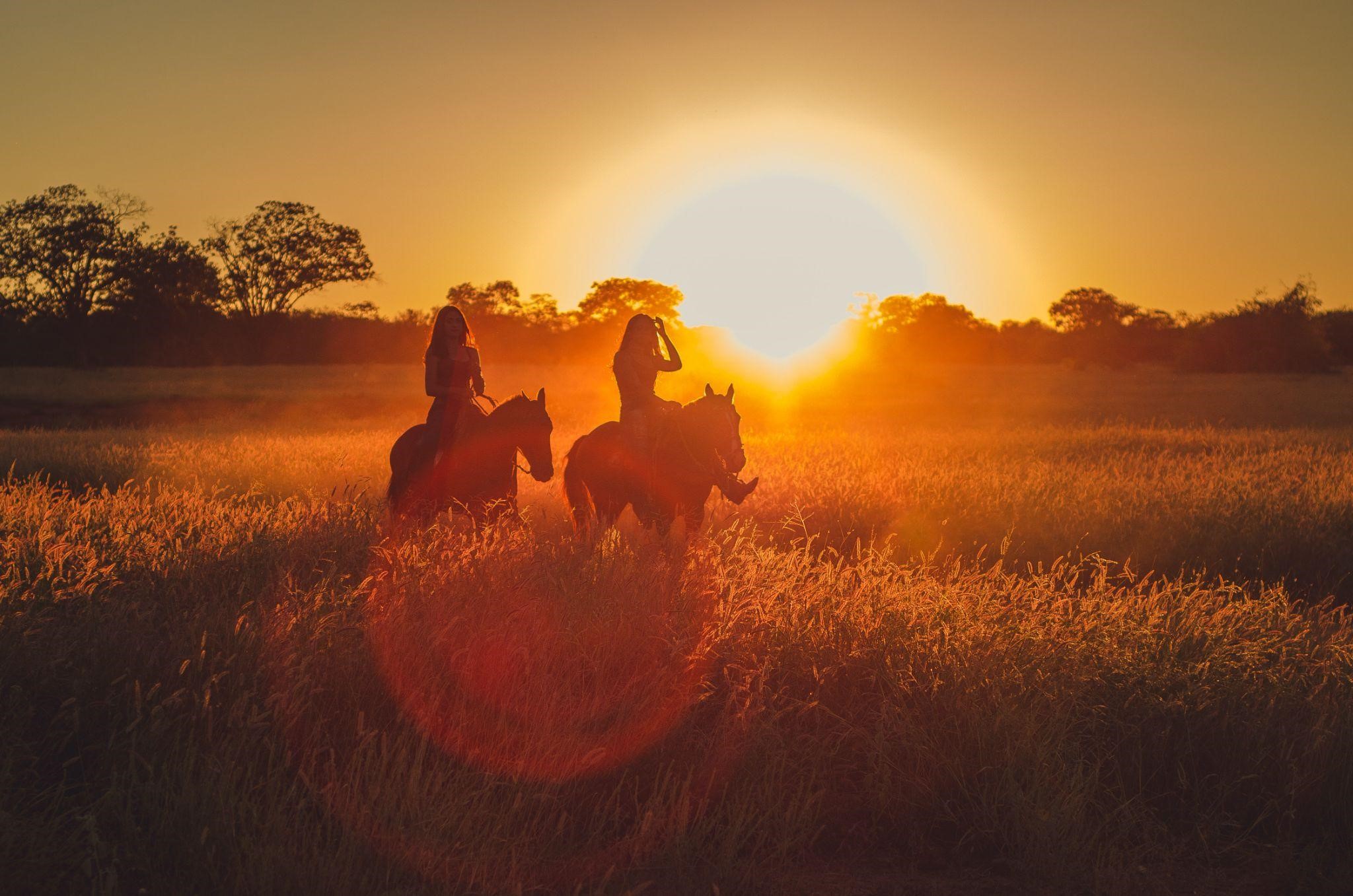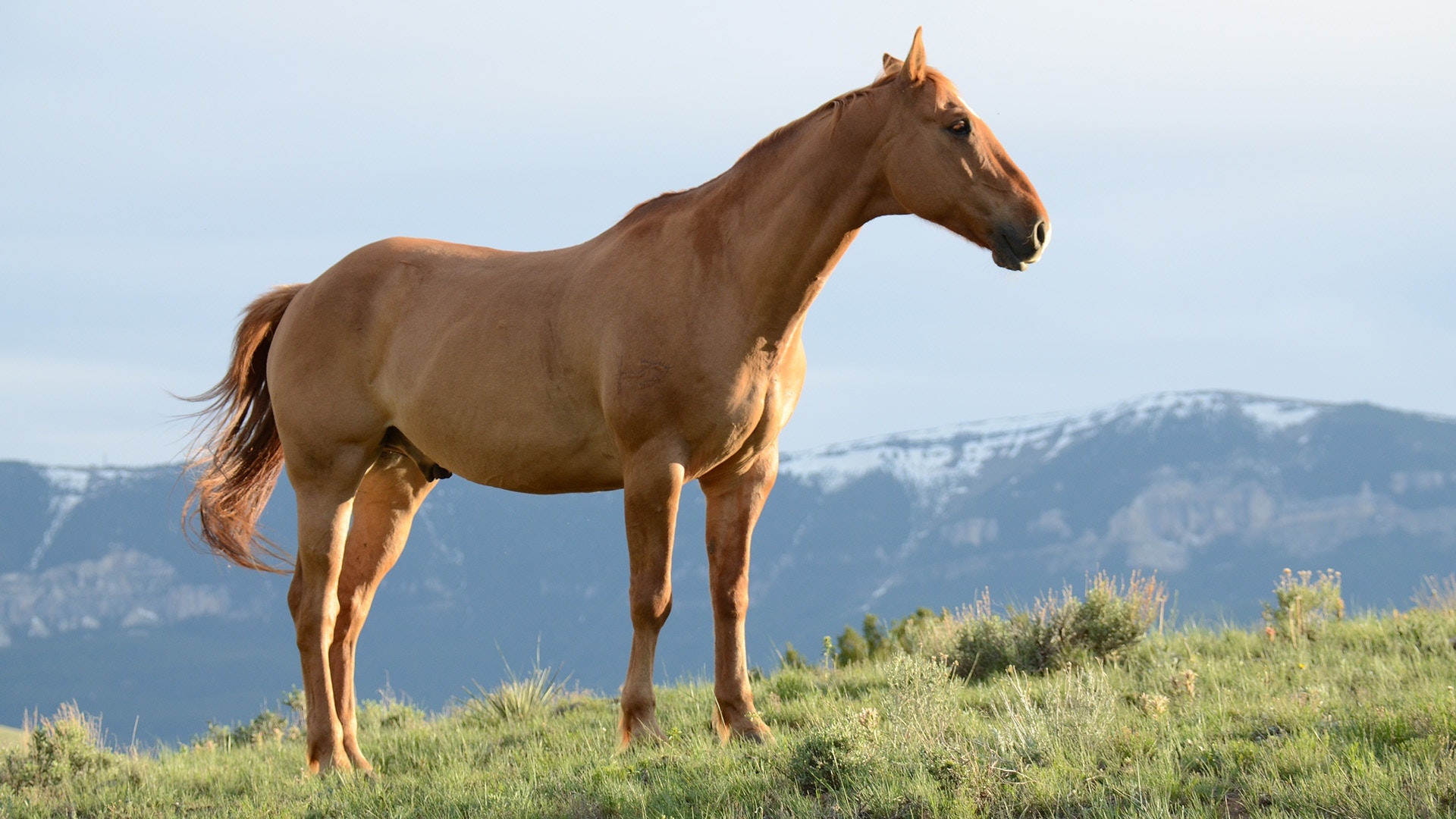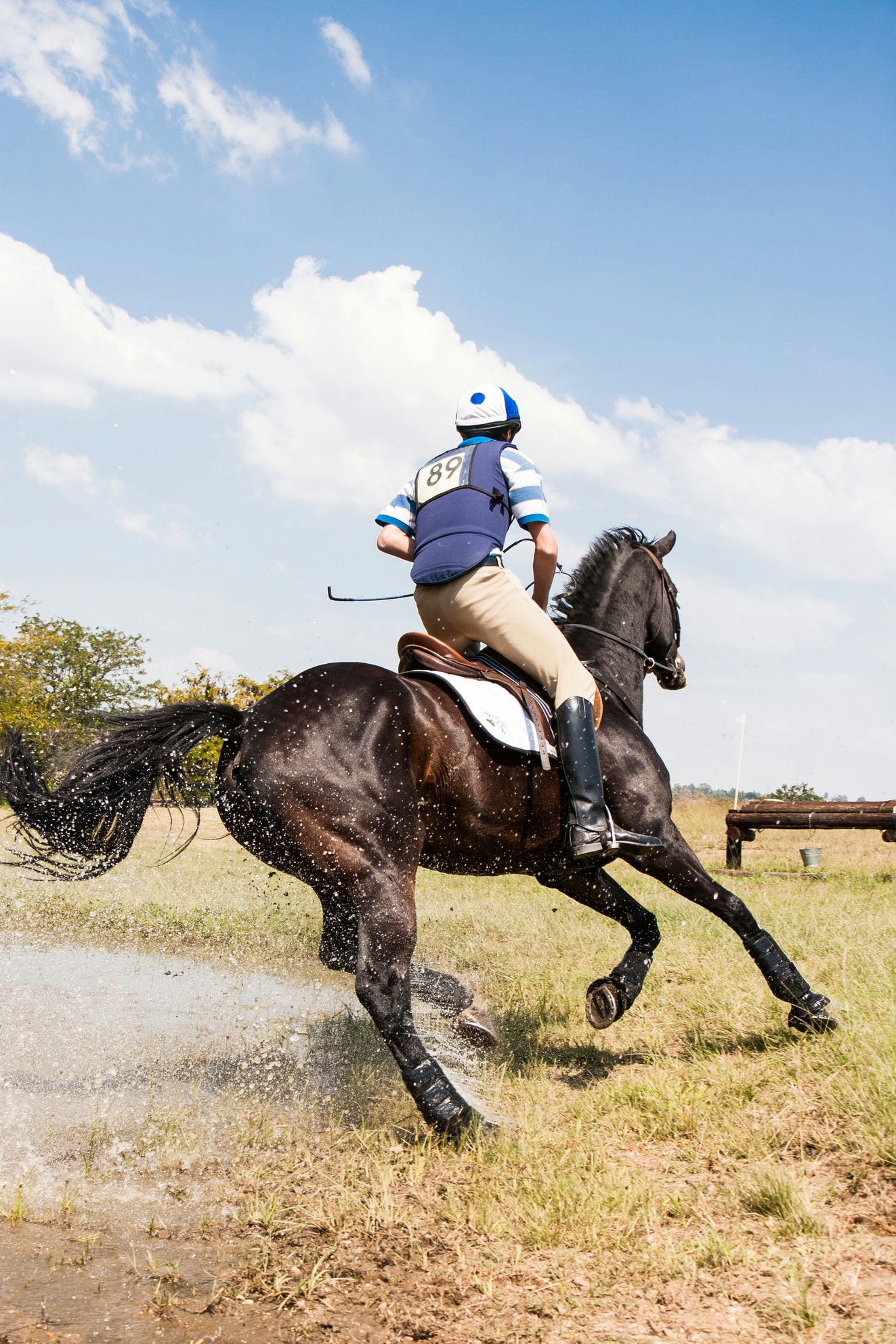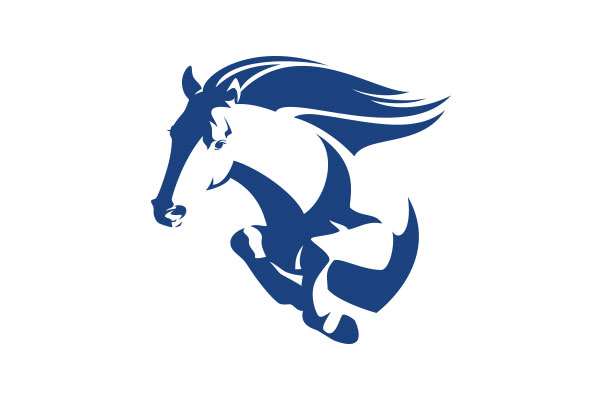Why do Some Horses Wear Shoes?
For years, people have been enjoying horse training in Toronto and putting shoes on horses for various reasons. It is expected that putting shoes on horses became common in Europe way back in 100AD, and it is still a common practice today. Saying this, many people still have questions surrounding horseshoes and often wonder why horses wear horseshoes, if shoes are necessary and what horseshoes are used for.
What is a horseshoe?
A horseshoe is a piece of metal, typically steel, that is moulded into a U shape to fit to a horse’s hoof. Many different types of horseshoes are used for different purposes. Some include Bar, which has a bar at the heel for extra support, Rim, which has a deep groove in the middle of the shoe and the regular shoe used for the majority of horses.
Purpose of Horseshoes
There are a variety of purposes for putting shoes on horses, the main purpose being to protect the horse’s hoofs, especially if they are ridden often. Other reasons horses wear shoes may include medical purposes and correction of the hoof formation.
Protection
As discussed above, the main purpose of horseshoes is to protect the horse’s hoof. Having shoes on the hoof prevents the hoof from wearing out or being damaged, especially if the horse is being ridden on hard ground. Racehorses, for example, almost all have shoes due to the hardness of most tracks. Their shoes are typically made out of aluminum as it is both light but still protective. The protection horseshoes offer ensures while working, the horse’s hoofs are safe, and no lameness or injuries will be caused.
Medical Purposes
The hoofs can be affected by different man diseases and other body issues, and oftentimes putting shoes on the hose can be an effective solution to the problem. The many different types of shoes can provide different types of necessary support for the horse’s feet that will help reduce lameness and other issues that may occur. If a horse has an injury on the lower leg, shoes help to disperse the weight on the hoof and therefore will allow the horse to heal faster and help prevent the injury from reoccurring.
Traction
Traction is necessary for horses to prevent them from falling when walking, racing, or landing after jumps. There are many instances, especially when a horse has to work or perform within a sport, where traction is essential. When barrel racing, horses are expected to take very tight turns, and shoes will give them a better grip. For eventers, riders will sometimes even add studs to the shoes when going cross country if the grass is wet and could otherwise cause the horse to slip. The benefits of shoes don’t only end with horses who are ridden, horses who pull loads need shoes to help prevent pain in the feet and give traction on hard ground.
Hoof Correction
Some horses’ hoofs are formed incorrectly, and this can impact the way they walk and the style of their movements. Just like humans have orthotics that help correct the form of the foot and give support when walking, horses have shoes. Certain types of shoes, such as a Z or V bar, will limit pain and weakness. An example of this would be the use of a Z bar when a horse has a quarter crack. The Z bar will disperse the weight on the hoof and allow the crack to heal faster into the correct form.
Sport Performance
Horses’ performance within their given sport can be improved if they are wearing shoes. When running or jumping high jumps, horses require a lot of power, and without shoes, the risk of injury may be higher. Bruises and sores on the surface of the hoof are common performance injuries that could occur and can be prevented by having the horse wear shoes. Along with this, shoes will allow for much easier management of the horse in competition, as even a minor injury or sensitivity of the hoof could cause the horse to react negatively. Overall, having shoes on horses in sports is essential as they are completing high-impact activities that make them more prone to injury of the feet and legs.
Process of Putting on a Shoe
Farriers are the people who will put shoes on horses. Farriers use nails to affix the metal shoe to the horse’s hoof. A hoof is made out of the same material as human fingernails, so this means the application process of shoes causes them no pain, just as cutting our fingernails does not hurt. The farrier first ensures to trim the hoof and select the correct size shoe for the horse. Then, the shoe is lined up with the hoof and nailed in. The nails are inserted at an outward angle, so eventually, they will be hammered through the wall of the hoof. After this, the nails are bent upward to form a hook, and the tips are trimmed off. They end the process by filing the hoof to ensure a perfect fit and to ensure the nails are smooth.
What about Barefoot Horses?
Every so often, you may come across a horse that needs shoes. Horses that are used mostly for pleasure that are ridden on the soft ground most likely do not need shoes. Saying this, if a horse is in sport and doesn’t have shoes, there is likely a problem with their feet that prevents shoeing. This can include having a broken piece of the hoof or hoofs that are too brittle to have a shoe nailed in. Oftentimes, you also may notice ponies that are barefoot; this is because ponies’ smaller body size puts less pressure on the hoofs compared to a horse, meaning they are less likely to need shoes. Finally, wild horses live their entire life without shoes. Horses in the wild are not performing high-impact sports such as jumping, so they do not need shoes. Along with this, their hoofs do not wear down as fast as horses who have an owner and their hoofs have time to grow back. Wild horses also have nobody to look after them and would have to adapt to any injuries to the hoof.
There are many different reasons an owner may decide to have their horse wear shoes. The reasons for a horse to wear include increased protection, traction and higher performance in sport. Horseshoes can also be used for medical purposes and hoof correction. Whether or not a horse wears shoes should be based on its medical history and workload. Horses with a small workload or that live in the wild do not need shoes, but horses who have medical issues or perform in an intense sport must-have shoes.
- 480 views
- 0 Comment

